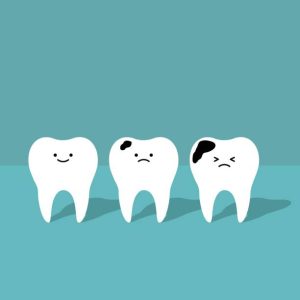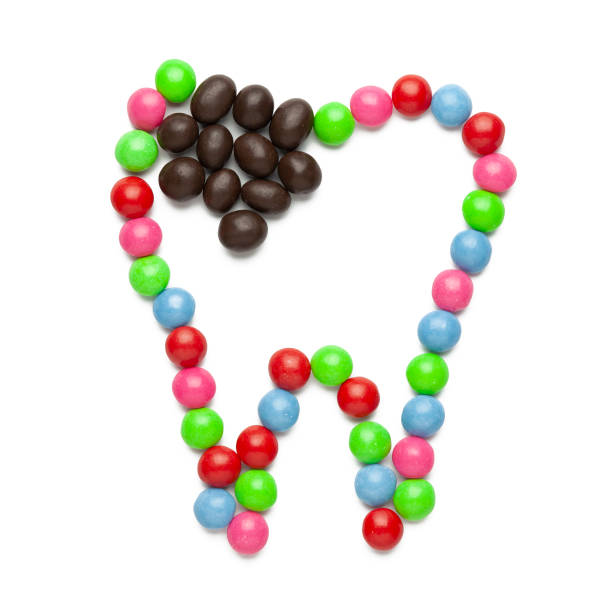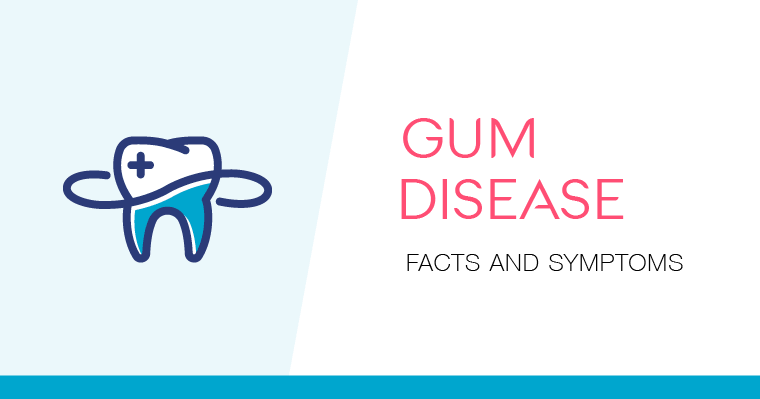Table of Contents
ToggleTooth decay is a growing problem in the United States. According to the Centers for Disease Control and Prevention, 1 in 3 Americans has experienced tooth decay by their 20s, and this number jumps to 1 out of 2 by their 30s.
The main culprit behind tooth decay is bacteria that live on your teeth and cause cavities when they eat sugar or ferment it inside your mouth. Luckily there are treatments available for preventing tooth decay and treating any symptoms that arise after it has already taken hold!
What is tooth decay?
Tooth decay is a common dental problem that can affect your teeth and gums. Tooth decay occurs when bacteria in your mouth break down food, causing damage to the enamel of your teeth.
This can lead to cavities (also called tooth decay), which are holes in the hard outer layer of your teeth. Cavities are painless at first, but over time they can become painful or even cause infection if not treated properly by a dentist or dental professional.

Are there symptoms?
- Tooth pain.
- Sensitivity to hot or cold.
- Discolored teeth, including yellowing of the enamel and brown stains on the surface of your teeth (called gingivitis). This can be caused by plaque buildup between your teeth, which causes them to become less white and more stained over time.
It’s also a sign that you have an unhealthy mouth full of bacteria that feed off sugars in food and drinks—a condition known as dental caries (cavities). If left untreated, this can lead to bigger problems like gum disease or tooth loss at some point down the road depending on how much damage has been done before treatment begins!
How do you know if you have it?
The first step to recognizing tooth decay is knowing what it looks like. Tooth decay occurs when the bacteria in your mouth cause damage to the enamel, which is the protective outer layer of your teeth. This can happen when you have poor oral hygiene, as well as certain medicines or foods that are not properly digested by your stomach (a condition called malabsorption).
Symptoms of tooth decay include pain and sensitivity at the site of infection, forming a dark spot on your tooth surface if left untreated for too long; changes in coloration over time; or even noticing blood coming from between your teeth if left untreated for more than three weeks
How is it treated?
If you want to prevent tooth decay, it’s important to get regular checkups.
- Restorative dentistry is the most common treatment for tooth decay.
- Crowns and bridges are two options for restoring a decayed tooth but can be expensive and may not last as long as you’d like.
- Root canal treatment involves removing the infected tissue from around your teeth so that no bacteria can get into them anymore, which removes any risk of infection or further harm to your mouth.
Dental implants are an alternative option if you want to replace missing teeth with artificial ones (instead of just having dentures).
Usually, dentists make dental implants from titanium or other durable metals to outlast natural teeth. Dental implants lack nerve endings, reducing sensitivity-related pain.

Which treatments are used to treat tooth decay?
The most common treatment for tooth decay is a filling and crown. Fillings are made of composite resin, which is a combination of two materials: one that’s hard (like porcelain) and one that’s soft (like plastic).
The dentist removes decay by drilling into the tooth, then fills the cavity with composite resin. This makes eating pain-free and safe for your teeth.
Crowns are similar in design but have more advanced features than fillings. They can replace or repair decay-damaged teeth with loose enamel, avoiding complete drilling.
Different shapes of crowns are available based on individual patient cases, so don’t worry about finding the best type—personal preference matters more than science.
Can it be prevented?
You can prevent tooth decay by brushing and flossing regularly, visiting your dentist for checkups, and getting x-rays for concerns. The American Dental Association advises professional teeth cleaning every six months to spot early cavities. If you suspect that there might be a problem with your molars or incisors, see an oral surgeon right away.
Dental sealants can prevent tooth decay in specific situations by applying them to worn enamel or implant areas vulnerable to erosion from chewing habits.
It can lead to serious health issues
Tooth decay is not only painful and costly, but it can lead to serious health issues. Prevent tooth decay by making regular trips to the dentist.
- Tooth decay is a bacterial infection in your mouth that causes cavities or holes in teeth.
- Tooth decay can affect anyone at any age, but it’s more common among children and adults over 50 years old.
- Untreated tooth decay can cause gum disease and even lead to stroke or heart attack due to bacterial infection (periodontitis).
Conclusion
We know that tooth decay is a common problem in America, but there are ways to prevent it.
Brush your teeth twice daily, and if you struggle with sleep or work, do it any time. Don’t forget to floss! Additionally, watch for red or bleeding gums, indicating a possible infection that requires immediate dental attention. The sooner you get checked out by a professional, the better off your mouth will be!










